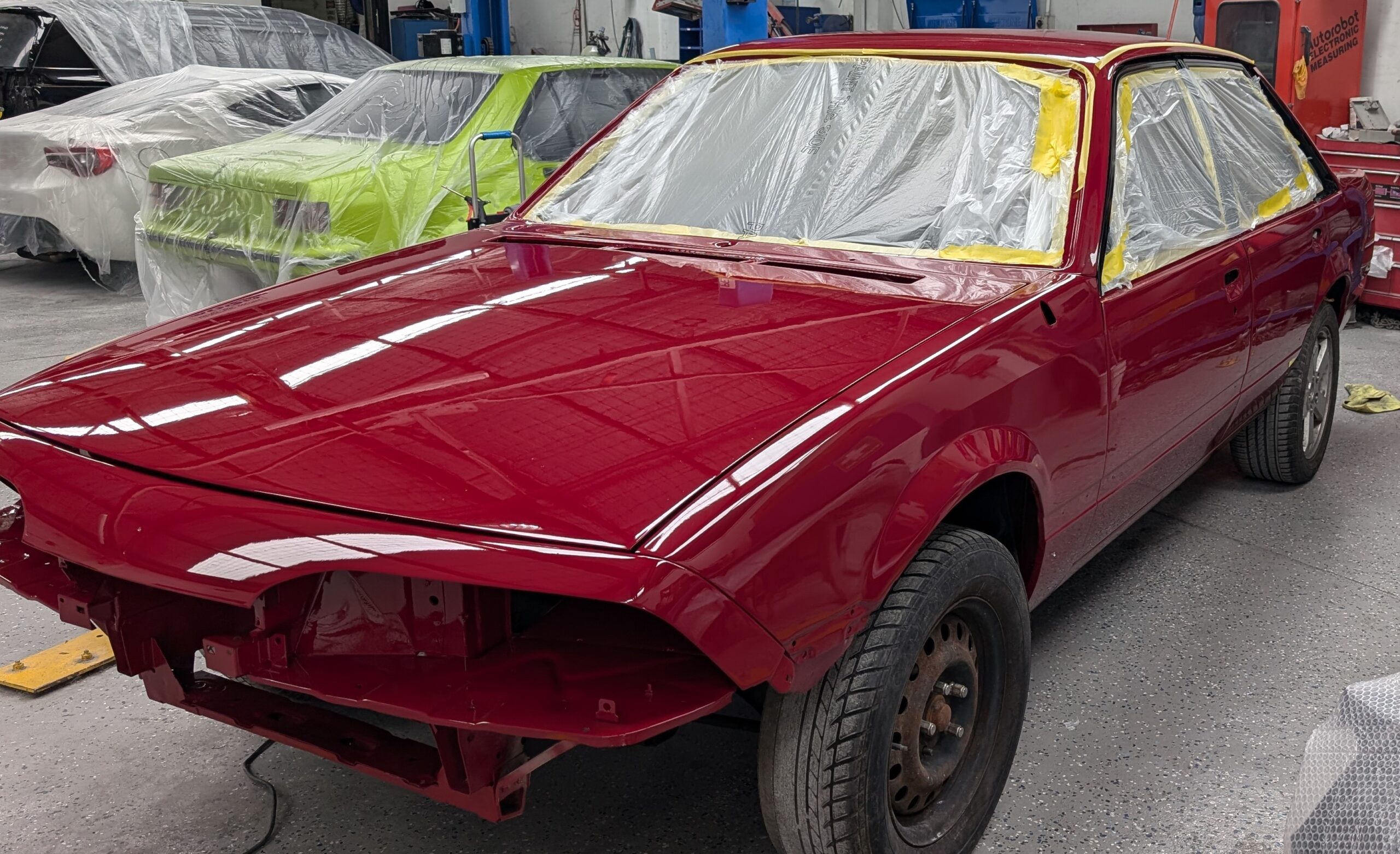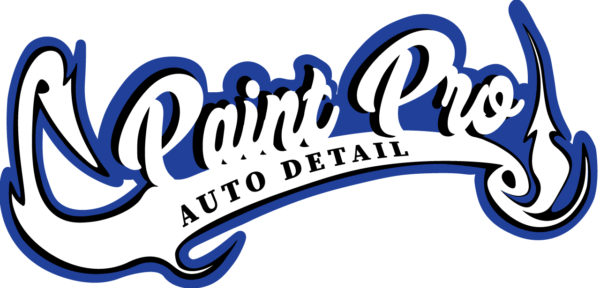
Paint Correction: What It Is & Why It Matters
Paint correction is the process of removing imperfections from a car’s paint, such as swirl marks, light scratches, oxidation, and water spots, to restore a flawless finish. It’s typically done before applying ceramic coating or paint protection film (PPF) to ensure the best results.
Steps in Paint Correction
Thorough Wash & Decontamination
Foam wash to remove dirt.
Iron remover to dissolve embedded contaminants.
Clay bar treatment for a smooth surface.
Paint Inspection
Use a paint depth gauge to check clear coat thickness.
Identify swirl marks, oxidation, or scratches.
Compounding (Cutting Stage)
Uses an abrasive compound & machine polisher to remove deeper defects.
Polishing (Finishing Stage)
Refines the paint for a high-gloss, mirror-like shine.
Paint Protection (Optional but Recommended)
Ceramic Coating for long-term protection.
PPF (Paint Protection Film) for rock chip protection.
When Does a Car Need Paint Correction?
✔️ Swirl marks or haze under sunlight.
✔️ Light scratches or scuff marks.
✔️ Faded or oxidized paint.
✔️ Water spots or etching from bird droppings.
Paint correction is essential for car enthusiasts, detailers, or anyone looking to restore their car’s factory-like finish. Want to DIY or take it to a pro?
Ready to Restore Your Car’s Paint?
What is it?
Correction is a professional detailing process that removes imperfections from a vehicle’s paint, such as swirl marks, scratches, oxidation, and water spots. By using specialized polishing compounds and machine buffers, paint correction restores your car’s original shine and clarity.
Why is it Important?
Over time, your car’s paint accumulates minor defects due to washing, UV exposure, road debris, and environmental contaminants. Correction eliminates these flaws and enhances the depth and gloss of your vehicle’s finish.

From $399 +GST
(Price based on single stage for a small hatch with light imperfections in vehicles paint.)
Process
- Thorough Wash & Decontamination – Removes dirt, grime, and embedded contaminants.
- Clay Bar Treatment – Smooths the surface by eliminating bonded particles.
- Paint Inspection – Identifies problem areas using LED lights.
- Machine Polishing & Compounding – Uses multi-stage polishing to remove scratches and swirl marks.
- Final Protection – A sealant, wax, or ceramic coating is applied to maintain the finish.
Benefits
- Eliminates light scratches, holograms, and oxidation.
- Enhances gloss and vibrancy.
- Ensures a flawless surface for coatings to bond properly.
- A professionally corrected paint job makes your car look newer and more appealing to buyers.
Signs Your Car Needs Paint Correction
- Visible swirl marks or light scratches.
- Dull, faded, or oxidized paint.
- Water spots and etching that won’t wash off.
- Holograms or buffer trails from improper polishing.

REQUEST A QUOTE
At Paint Pro Auto Detail, we offer premium in-house and mobile car detailing across the Macarthur region and surrounding suburbs. As Gtechniq Accredited Applicators, we guarantee superior ceramic coating protection for long-lasting shine and durability. Our professional car detailing services are designed for ultimate convenience, delivering showroom-quality results straight to your doorstep. Whether you need interior deep cleaning, exterior polishing, swirl mark removal, or full paint protection, trust us to enhance and protect your vehicle’s appearance with expert precision
Paint correction is a process used to restore a vehicle’s finish by removing imperfections from the clear coat. It involves multiple steps to eliminate swirl marks, scratches, oxidation, and other blemishes that accumulate over time. Here’s an overview of the process:
What Is Paint Correction?
- Definition: A detailed procedure that removes surface defects from the clear coat of a vehicle, improving its appearance.
- Purpose: To restore the paint’s original clarity and shine, making it look nearly flawless.
The Process Involves:
- Preparation and Washing:
- A thorough wash and decontamination (using clay bars or chemical decontaminants) remove dirt, tar, and embedded contaminants.
- Compounding:
- Using a machine or hand applicator with a cutting compound, deeper imperfections like swirl marks and scratches are removed. This step is key for leveling out the clear coat.
- Polishing:
- After compounding, a finer polish is applied to remove any micro-marring caus
